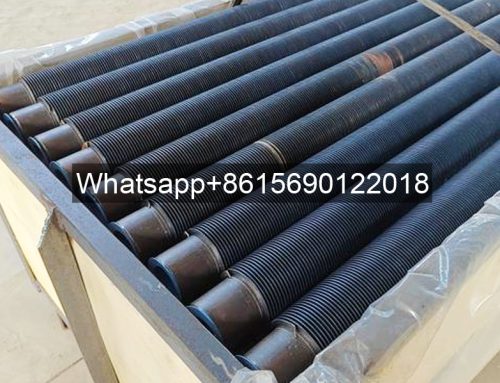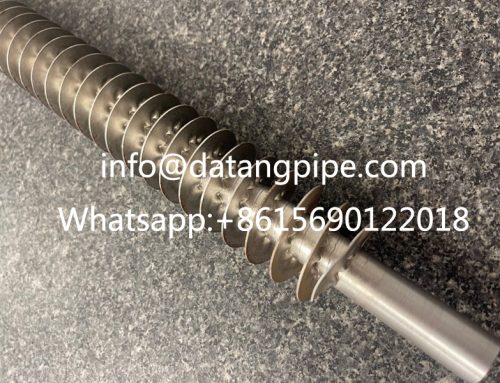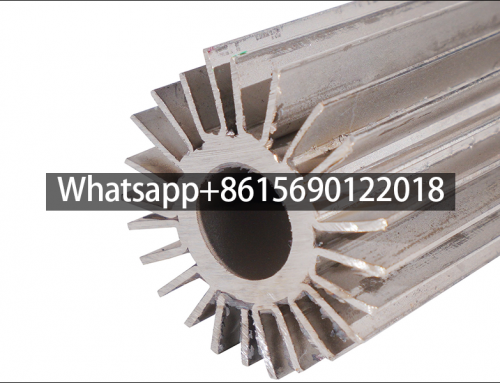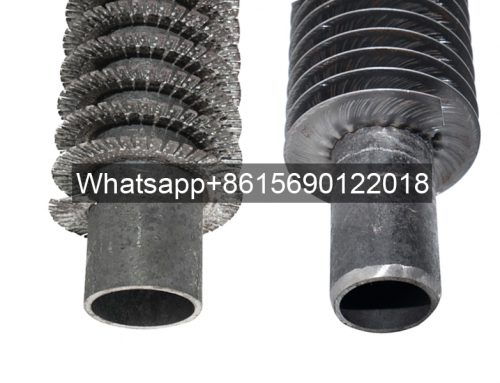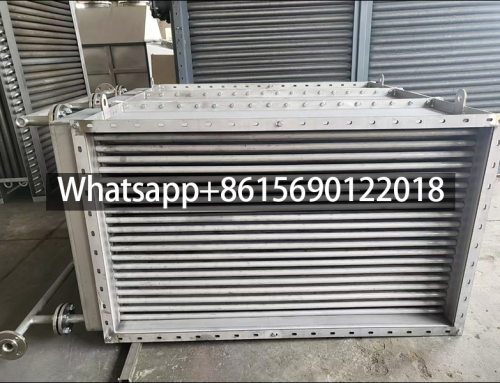Compared with traditional heat exchange elements, what are the advantages of fin tubes?
Fin tubes significantly improve heat exchange efficiency by adding fins (heat sinks) to the surface of ordinary pipes. Compared with traditional heat exchange elements (such as light tubes, simple sleeves, etc.), they have the following core advantages:
I. Significantly improved heat transfer efficiency
–Expanding the effective heat exchange area
Traditional elements: Light tubes only rely on the surface area of the tube itself for heat transfer, especially when one side is gas (such as air), because the thermal conductivity of the gas is low (about 1/200 of the liquid), the heat transfer efficiency is limited.
Finned tubes: The surface area is greatly increased by fins (can be expanded 5-20 times), making up for the disadvantage of heat transfer on the gas side. For example:
In air conditioner surface coolers, the air side thermal resistance accounts for more than 90% of the total thermal resistance, and fins can increase the total heat transfer coefficient by 3-5 times.
In the air preheater of industrial boilers, the heat transfer efficiency is increased by 40%-60% after adding fins.
–Enhance fluid disturbance and reduce thermal resistance
Traditional components: The fluid in the light tube is easy to form a laminar boundary layer, and the thermal resistance is concentrated in the boundary layer.
Finned Pipe: The fin structure (such as serrated fins and spiral fins) can destroy the laminar boundary layer of the fluid, form turbulence, and reduce thermal resistance.
When the gas flushes the fins horizontally, the gap between the fins causes the airflow to repeatedly flush the tube wall, enhancing convective heat transfer.
2. Reduce equipment volume and cost
–Compact design, save space
Traditional components: The light tube heat exchanger needs to increase the heat transfer by increasing the tube length or tube diameter, resulting in a large equipment volume (such as a large large shell and tube heat exchanger).
Finned tube: Under the same heat transfer, the required tube length is reduced by 50%-70%, and the equipment volume can be reduced by 30%-50%.
Example: Compared with the light tube radiator with the same heat transfer, the volume of the finned tube radiator is only 1/3-1/2 of the latter.
–Reduce material and installation costs
Traditional components: Large-volume equipment requires more pipes, shell materials and supporting structures, and the installation cost is high.
Finned tubes: Reduce the amount of pipes, especially for precious metal materials (such as stainless steel and copper). The compact structure reduces the installation space requirements and is suitable for space-constrained scenes such as ships and aviation.
Fin tubes increase heat transfer efficiency by 3-5 times by expanding the heat exchange area and enhancing fluid disturbance, while reducing the amount of pipes by 50%, reducing the size of the equipment by half, and achieving high efficiency and energy saving in air conditioners, boilers and other fields.
Datang fin tube product’s specification outside diameter from 18 mm to 273 mm finned tube, The process includes high-frequency welded fin tubes, extruded fin tubes, L / L L / K L fin tubes, G -type Embedded fin tubes, low fin tubes, inner fin tubes, elliptical fin tubes, longitudinal fin tube,H type fin tube, the annual capacity can reach 100,000 tons.
We have professional engineer support, high efficiency sales team and competitive price superiority.
Our R & D department provides the strong technical support and enables us to receive some, O D M projects, and can provide you with drawings, design plans and thermal calculations, service has exceeded more than 3000 enterprises.
If you need finned tubes, contact us! Email:info@datangpipe.com,Whatsapp:+86 15690122018


